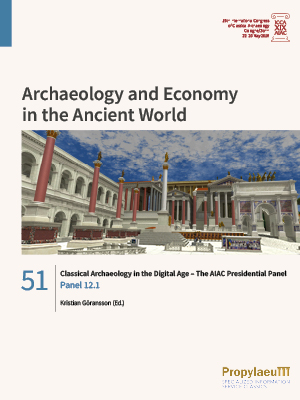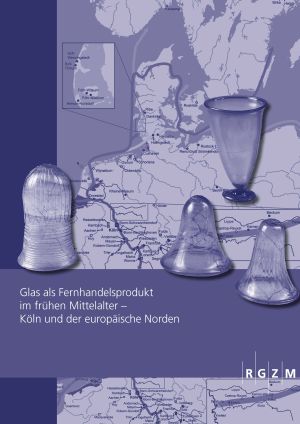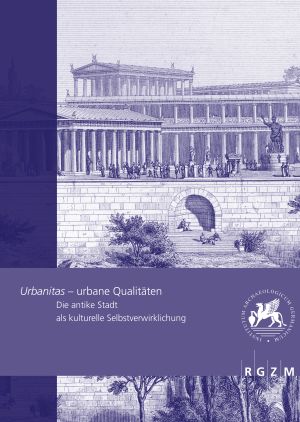Schäfer, Alfred
Classical Archaeology in the Digital Age – The AIAC Presidential Panel: Panel 12.1
Classical Archaeology is a discipline which has undergone major changes in recent decades. From its origin as an “Altertumswissenschaft” with a strong emphasis on art and architecture, Classical Archaeology has embraced the most modern methods in field archaeology and analysis of data. The application of digital humanities to Classical Archaeology has changed how archaeologists work, how data is collected and preserved, and how results are made available to the scholarly community and the public in general. The International Association for Classical Archaeology (AIAC) has been a forerunner in digital humanities with the creation and running of Fasti Online and the online peer-reviewed journal FOLD&R. This volume contains papers presented at the panel organized by AIAC in order to present the digital development of the discipline through examples from different countries. It is hoped that the case studies will provide a basis for a discussion on Classical Archaeology in a digital world – benefits, challenges and where the fast development may take our discipline in the future.
Glas als Fernhandelsprodukt im frühen Mittelalter – Köln und der europäische Norden: Zwei Workshops im Rahmen des DFG-Schwerpunktprogramms »Häfen von der Römischen Kaiserzeit bis zum Mittelalter«, ausgerichtet vom Römisch-Germanischen Museum zu Köln, 8.-10. November 2016 und dem Sydvestjyske Museer in Ribe / Dänemark, 20.-22. März 2018
The Six-Year Priority Programme (SPP) 1630 „Ports from the Roman Imperial Period to the Middle Ages“, funded by the German Research Foundation (DFG), led to an interdisciplinary and networked cooperation between several project groups – Rhine, North Sea, Baltic Sea and inland ports – with research on early medieval glass finds at ports. External institutions and persons dedicated to research on the production and distribution of glass in the early Middle Ages were also included in the exchange taking place within the priority programme. The cooperation linked different regions: the Frankish Empire and the territories of the Frisians, Saxons, Vikings and Slavs.
Without the SPP, such networked and far-reaching research would not have been possible. The sub-project „The Early Medieval Port of Cologne – Production Site and Export Port for Glass“ with the glass workshops of the Merovingian and Carolingian periods recorded there, which were archaeologically and scientifically evaluated, forms the starting point for research on the early medieval economic history of glass in this volume.
The twelve contributions are based on lectures given at two conferences organised by the Römisch-Germanisches Museum of the City of Cologne (9-10 November 2016) and the Sydvestjyske Museum in Ribe, Denmark (20-22 March 2018).
Urbanitas – urbane Qualitäten: Die antike Stadt als kulturelle Selbstverwirklichung
The sheer unimaginable number of ancient towns allows no doubt about where life in the Classical world pulsated. What exactly the huge attraction of the towns comprised, however, can only be guessed at in the wake of the few comments in the literary sources: Apart from the varied entertainments on offer which the towns could provide, there is always mention of sophistication, whether in the social network or in the design of the material world. But how do such facets of urban culture also reveal themselves archaeologically? The conference proceedings address the question of ancient urbanitas exemplarily from various directions: On the one hand attention is placed on all those architecturally distinguishable installations which allow the recognition of a refined life beyond the economic criteria of utility. On the other hand it is highlighted with which methods towns procured a distinct self-consciousness, which testifies to pride, the desire for prestige and an enduring sense of togetherness. Finally, it also concerns the very simple question of what in the eyes of ancient people makes the town a town. Which urban qualities have to be achieved, so that a local community could claim to be on a par with other towns? The papers collated here, which deal not only with the large centres, but also with towns of various sizes up to the periphery of the Mediterranean world during the time-span of the 7th century B.C. until Late Antiquity, provide different answers. Certainly, there are recognizable patterns and obligatory ideas of standards, but to no lesser extent idiosyncratic solutions and special paths, thanks to which the towns could create a particular image.
Translation: C. Bridger









